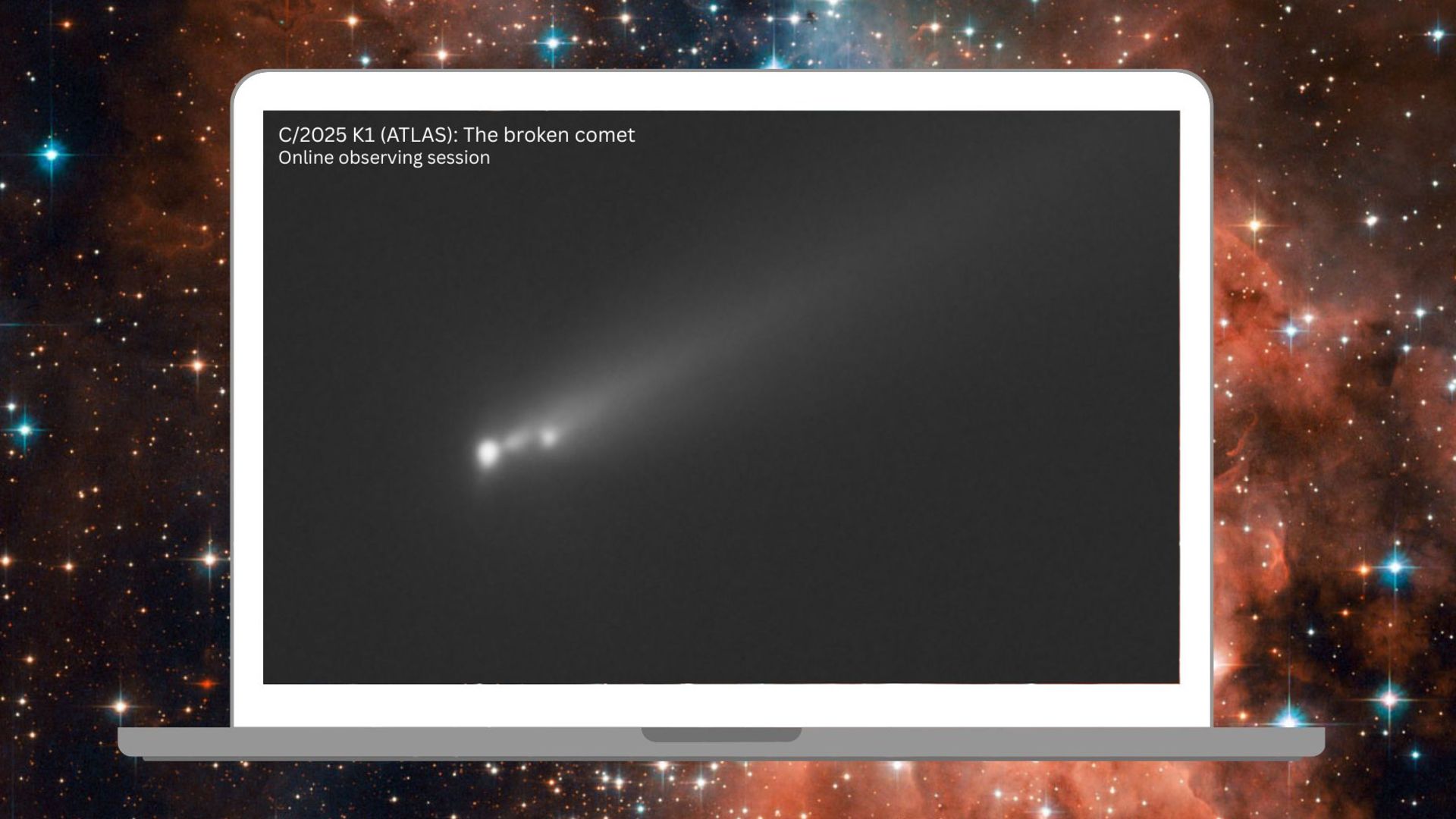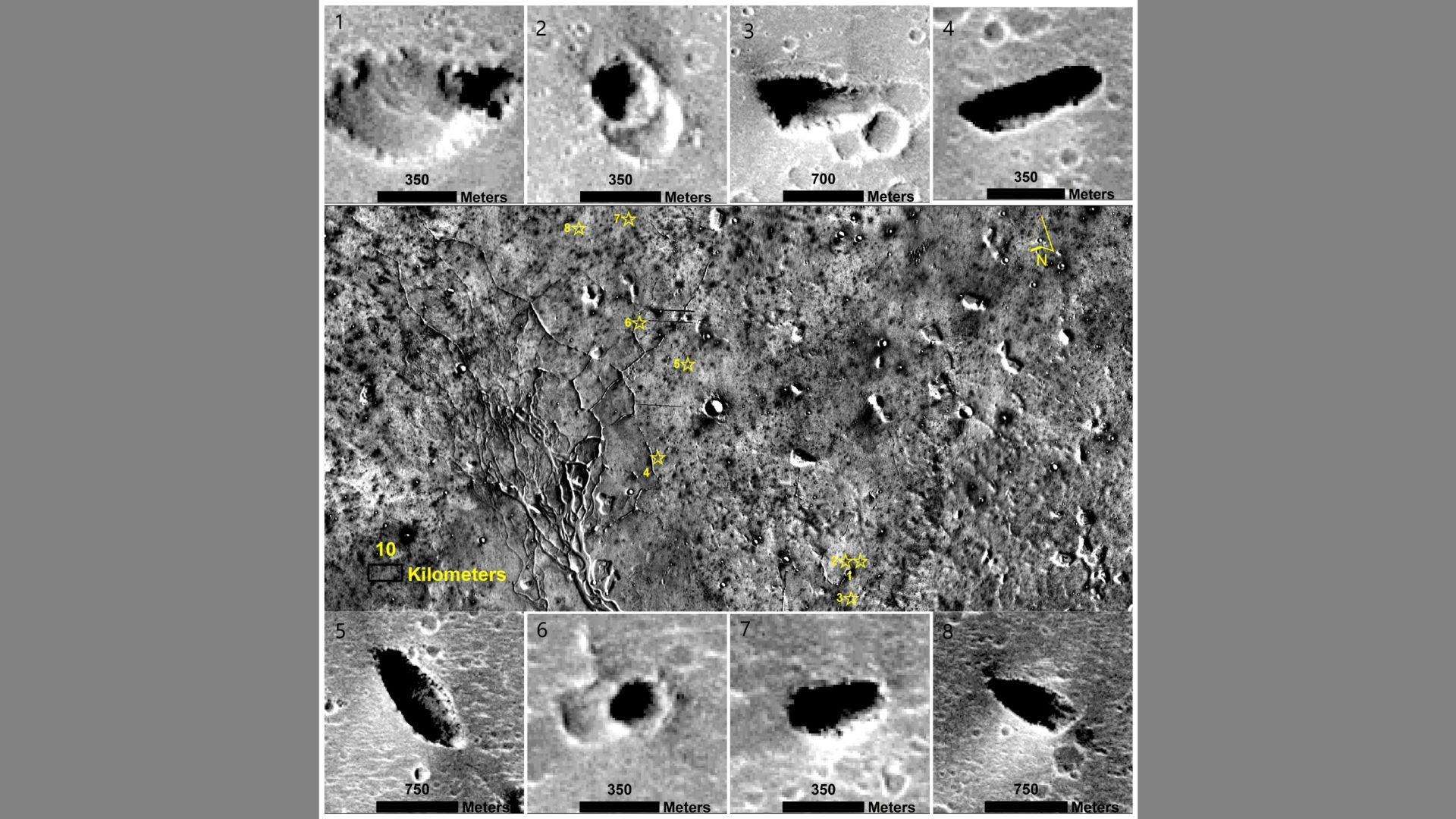Refresh
The end of monkey research at the CDC?
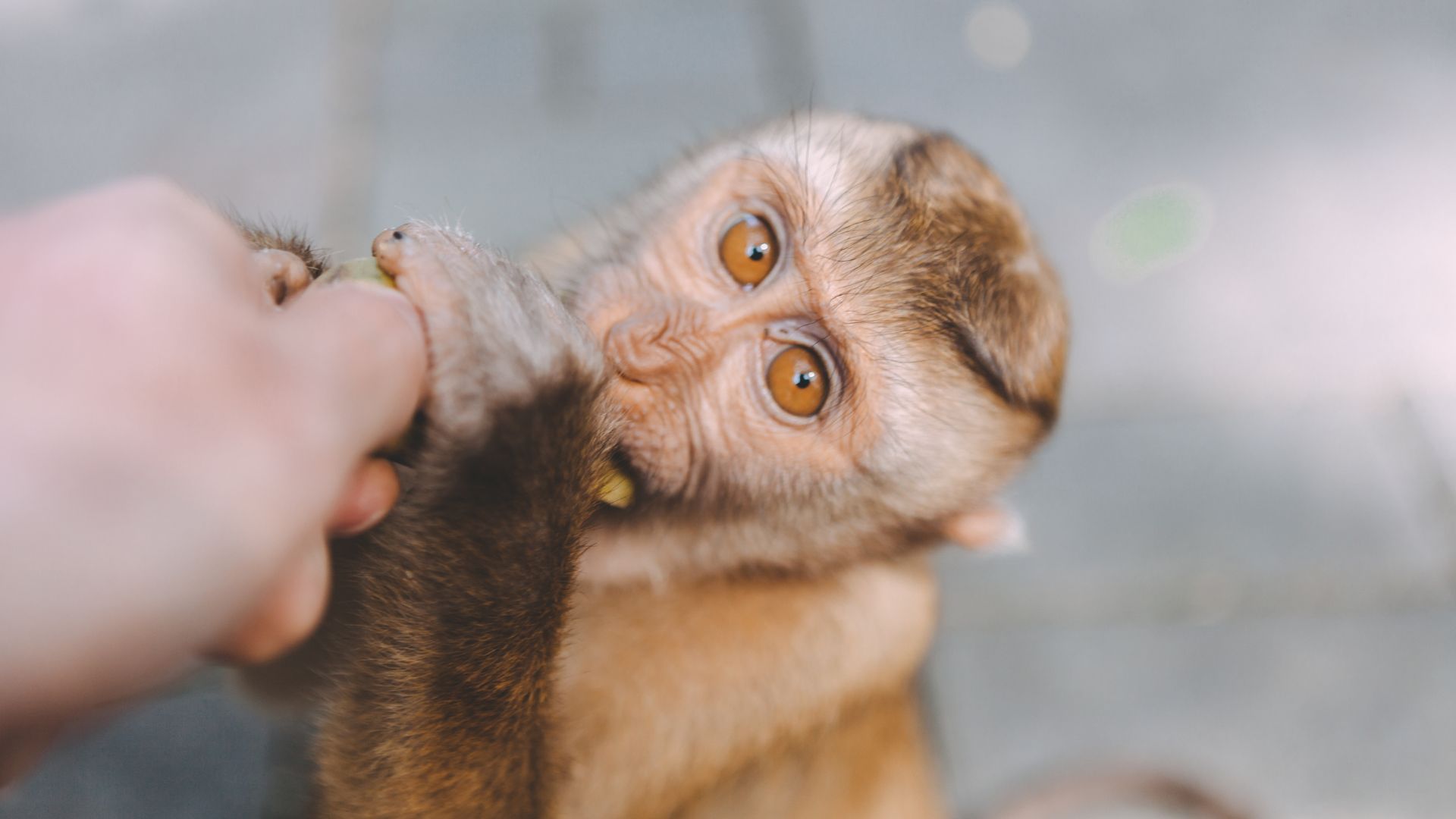
Health editor Nicoletta here to highlight exclusive new reporting from Science on the state of primate research at federal agencies. The Centers for Disease Control and Prevention (CDC) has been directed to phase out all its research with monkeys, sources told Science’s online news editor David Grimm. The directive came from a former Department of Government Efficiency (DOGE) employee who’s recently become the CDC’s deputy chief of staff.
In recent years, federal agencies including the CDC and Food and Drug Administration have moved to reduce their reliance on animal research, pointing to new technologies such as organ chips, organoids and sophisticated AI models as alternate ways to collect data on disease states, drug mechanisms and toxicology. That said, these technologies are not yet advanced enough to replace all animal research.
At the CDC, monkeys are currently used to study infectious diseases, including HIV/AIDS; in fact, CDC monkey research was integral to the recent invention of long-term preventive medications for HIV, Dr. Demetre Daskalakis, former director of the CDC’s National Center for Immunization and Respiratory Diseases, told reporters on a call last week. These new drugs are seen as potential game-changers in the effort to end the HIV epidemic worldwide, sources previously told Live Science.
The fate of the laboratory monkeys affected by this phase-out is still unclear, as are the motivations behind the directive itself. The Make America Healthy Again platform spearheaded by RFK Jr. has emphasized phasing out animal research, so that’s one factor. But in addition, the administration has taken aim at funding for HIV research on several occasions, and more broadly, has deemphasized research into viruses and the treatment and prevention of infectious disease. So as I see it, the rationale for the cuts is likely multifactorial.
Read more about the monkey research phase-out at Science, and more about the CDC’s decline here on Live Science.
The earliest black hole in the universe?

Space and physics editor Brandon here. In 2022, the light from a distant galaxy called GHZ2 reached the James Webb Space Telescope’s sensors after beaming across the cosmos for more than 13.4 billion years.
Now, new research hints that the patterns in that ancient galaxy’s light may point to something even more remarkable: evidence of the earliest, most distant supermassive black hole in the known universe.
Read the full story by Live Science contributor Shreejaya Karantha to see why scientists are making this supermassive claim, and what it could mean about the mysterious origins of the universe’s first black holes.

Brandon Specktor
How Antarctic melt could create a carbon sink
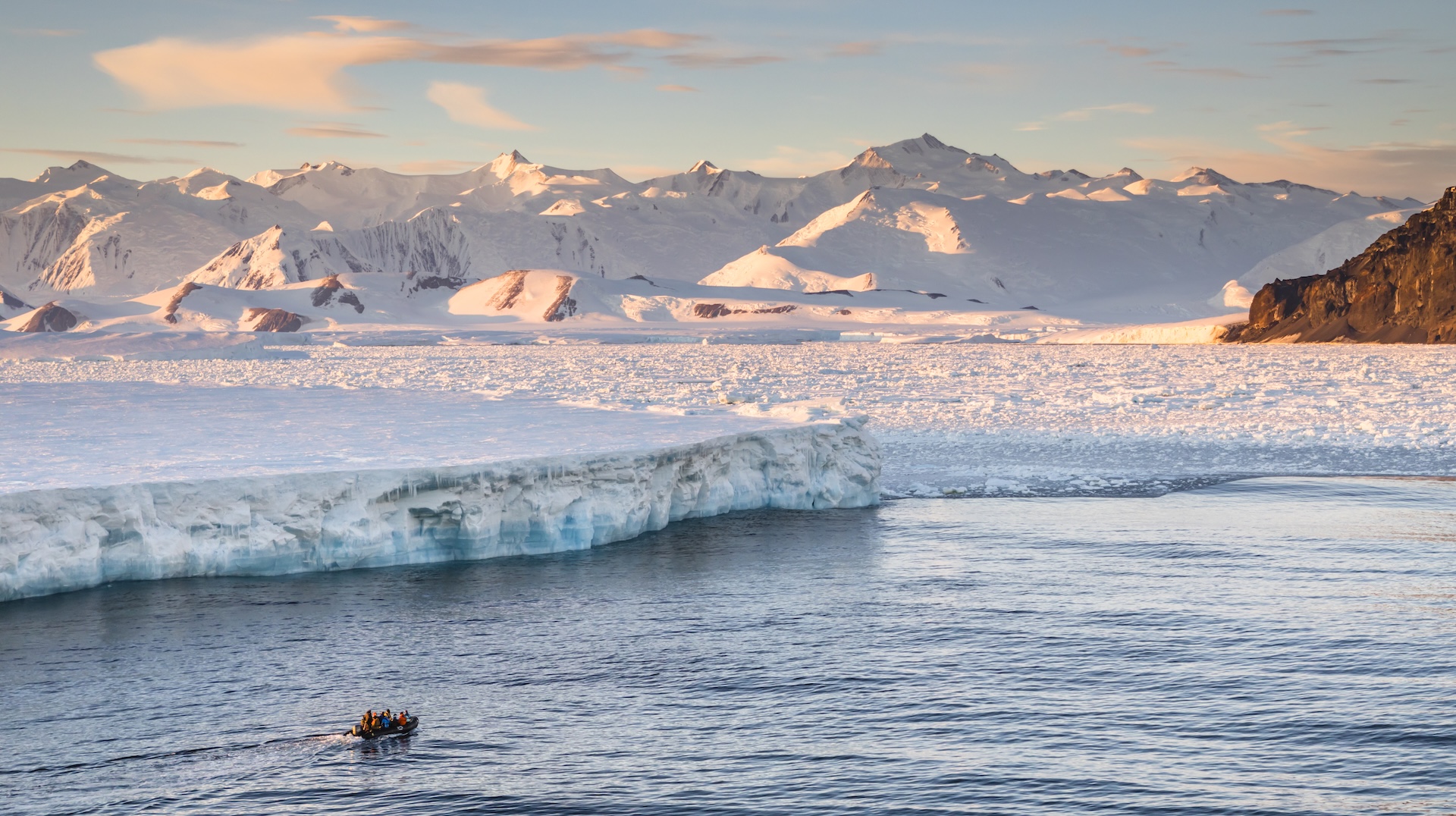
East Antarctica’s ice sheets, which scientists once thought were holding steady in the face of human-caused climate change, are melting during warm snaps in the Southern Hemisphere’s summer.
But there’s a spot of good news here. As ice sheets melt and mountaintops are exposed, iron-rich minerals will be carried into the surrounding ocean, a study published today (Nov. 24) in the journal Nature Communications has found.
“Our results show that exposed bedrock in Antarctica acts like an iron factory,” study lead author Kate Winter, a geography professor at Northumbria University, said in a statement.
This spike in iron-rich minerals in the ocean could help soak up carbon dioxide from the atmosphere, the study authors suggest — though it could take thousands of years for that to happen, the authors say.

Tia Ghose
Signing off
That’s all from us on the U.K. side, but as always our North American colleagues will keep you abreast of all the latest developments. Keep checking back for updates!
Could the Arctic ‘methane bomb’ be a bust?
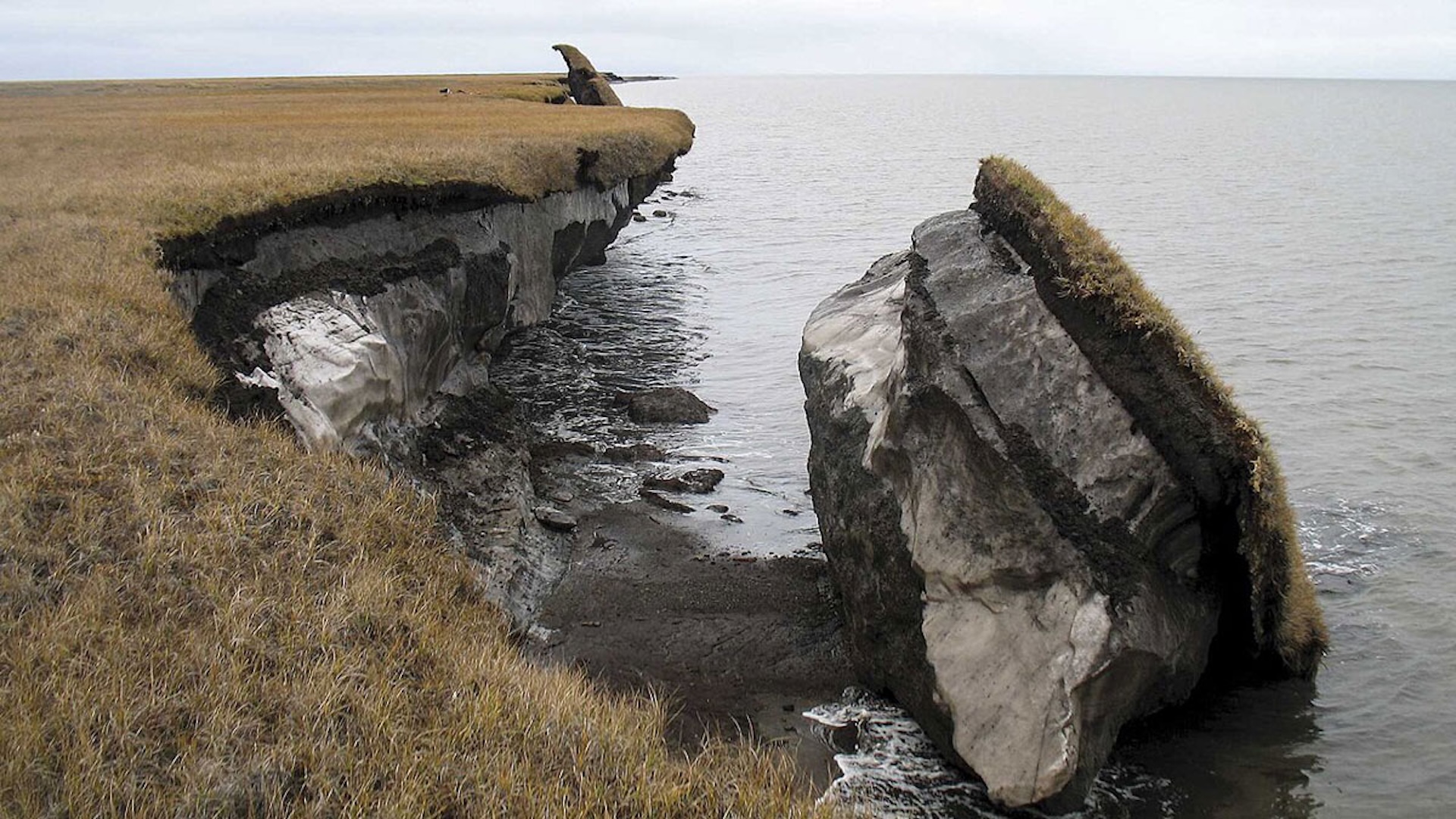
It’s hard to find good news on climate change these days, which is why this next bit of research is something of a welcome rarity.
If you’re a regular reader of Live Science, news of microbes trapped inside the permafrost that could one day release accelerating greenhouse gas emissions is probably not news to you. However, a new study has revealed that such a “methane bomb” could, hopefully, turn out to be a dud.
That’s because, under some conditions, there could end up being more methane-eating microbes than methane-making microbes released by the melt, transforming the Arctic’s soil into a carbon sink, a new study claims.
Could it be a lifeline for humanity’s future in our warming world? Or are the findings just a load of hot air?
You can check out the full story here to learn more.
You’re much nicer when Batman is watching, scientists confirm

Ever felt like you could have been kinder to your fellow humans, especially when taking public transport?
Well perhaps you would have been, if you knew Batman was watching.
In one of the strangest behavioral studies we’ve seen in a while, train passengers have been shown to be more than twice as likely to offer their seat to a pregnant woman when a person dressed as Batman (a member of the research team, what a gig) entered from another door.
The researchers suggest that it was the unexpected nature of Batman’s appearance, and not his reputation for fighting crime, that promoted subconscious prosociality among the train passengers.
Although we’ll be waiting on a follow-up study with a researcher dressed as The Joker before we can confirm that.
The Wallonia bonesaw massacre
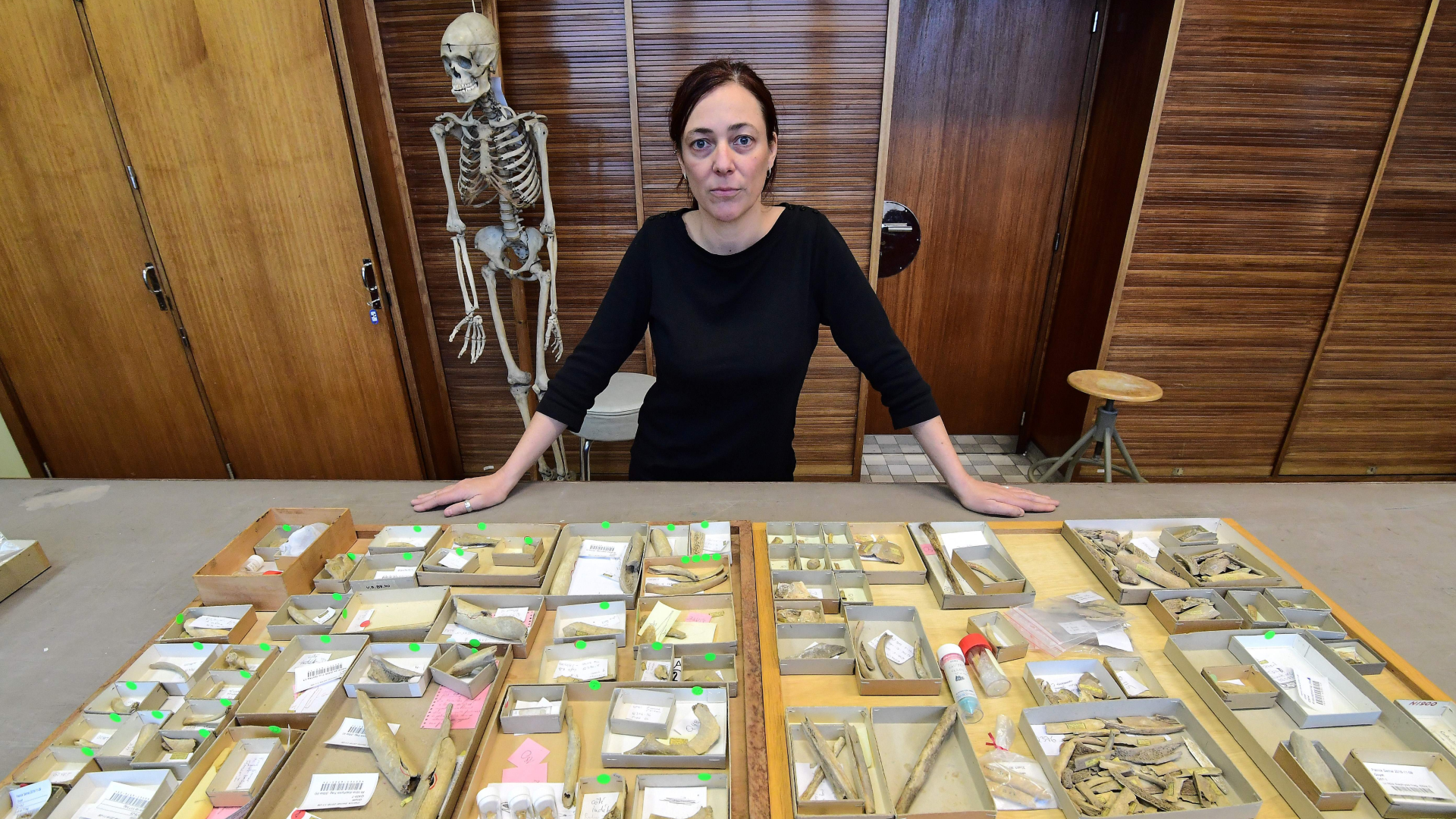
A discovery from a cave in southern Belgium has unearthed a horrifying prehistoric secret — a group of six Neanderthals, all of them women and children, were eaten by a group of unidentified cannibals roughly 45,000 years ago, Live Science’s Kristina Killgrove writes.
The exact reasons for the grisly event, or whether the perpetrators were an outside group of Neanderthals or early Homo sapiens, all remain unclear. (Although the researchers believe that signs of cannibalism at other Neanderthal sites in France and Croatia suggest the former).
The researchers propose the deaths could have resulted from lethal intergroup tension during a period marked by a decline of Neanderthal cultural diversity.
You can read the full story here.
Hurricane Melissa smashes wind speed record
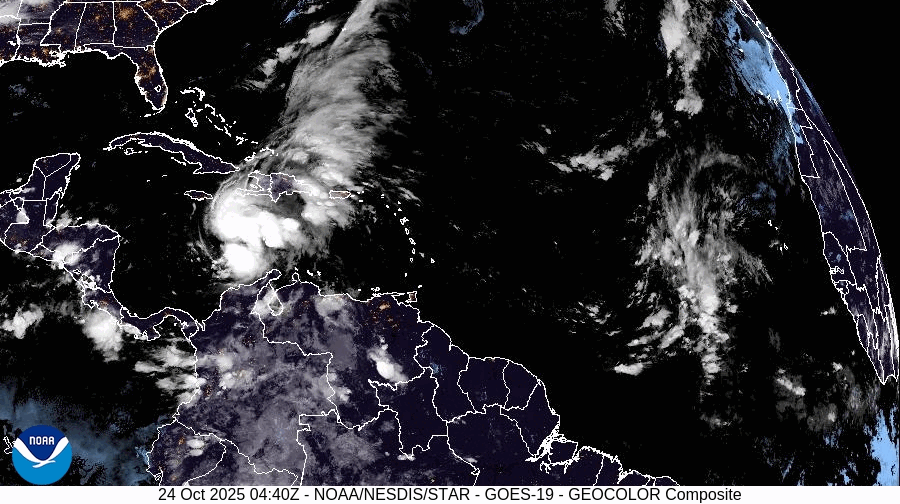
Climate change is causing hurricanes to grow stronger, do it faster, and become ever more dangerous than before, leading some scientists to float the introduction of an extra Category 6 to capture the destructiveness of some of these superstorms.
And the case for a new category could become clearer with newly-released data showing that Hurricane Melissa, already one of the most powerful Atlantic storms, smashed the record for the most powerful gusts ever recorded in a tropical cyclone with winds as strong as 252 miles per hour (402 kilometers per hour).
Chimp baby boom (yay) after lethal conflict (boo)
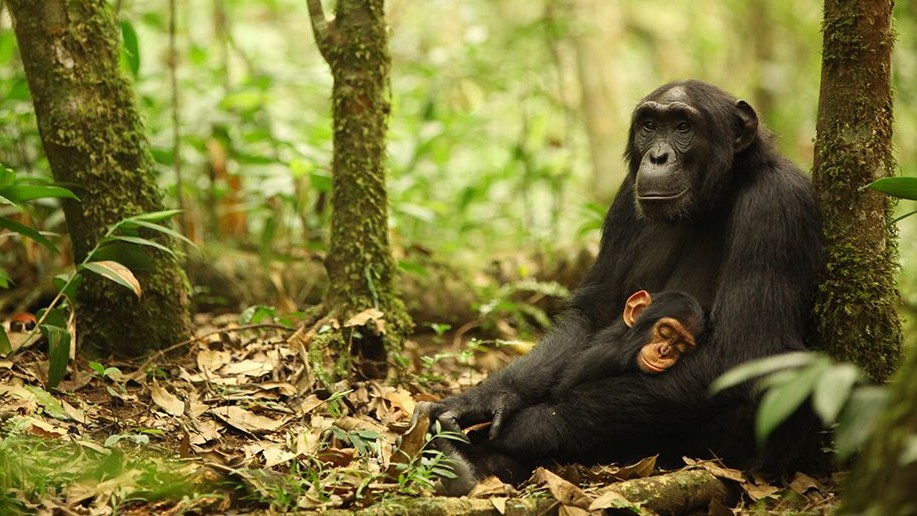
Sophie here, Live Science’s resident chimp aficionado. Hot off the press is the news that the Ngogo chimps in Uganda saw a huge baby boom after they successfully invaded the territory of a neighboring community.
Now, I don’t want to give our closest living relatives a bad rep — chimpanzees and bonobos are typically very cooperative with members of their own group. But chimps in particular really don’t gel with out-group individuals.
Study co-author Brian Wood told Live Science contributor Chris Simms that this new discovery sheds light on the evolution of violence in humans. It’s very common for biological anthropologists to use chimpanzee behavior as a window into our own evolutionary past: humans share a lot of DNA with chimps, and our human ancestors probably looked and behaved quite like modern-day chimpanzees.
It is worth bearing in mind, though, that the amount of chimp lethal aggression varies a lot across Africa, largely dictated by the community’s social structure.
Also, East African chimps are known to be more aggressive than those in West Africa and the Ngogo community is the largest chimpanzee community in the world. Personally, I’d love to see if this post-conflict spike in fertility is found across sites. Then we can see if this is a species-wide trend (which would lend more support to the idea of a shared evolutionary benefit) or if this is unique to Ngogo.
You can read the full story here.

Sophie Berdugo
Science history: The discovery of Lucy

On this day in 1974, two anthropologists digging in the earth of Hadar, Ethiopia discovered something that would transform the story of human evolution, Tia writes.
The object they spotted, glinting in a gully, was the fossilized remains of a 3.2 million-year-old human ancestor. As they discussed the find, the Beatles song “Lucy in the Sky with Diamonds” played in the background, leading a member of the dig to suggest they name the find “Lucy.”
Lucy, whose species would become known as Australopithecus afarensis, was the oldest and most complete skeleton of a human ancestor ever found. And her discovery sparked the realization among anthropologists that human evolutionary history is more like a braided stream than a family tree.
You can read the full story here.
Why cat siblings don’t look alike
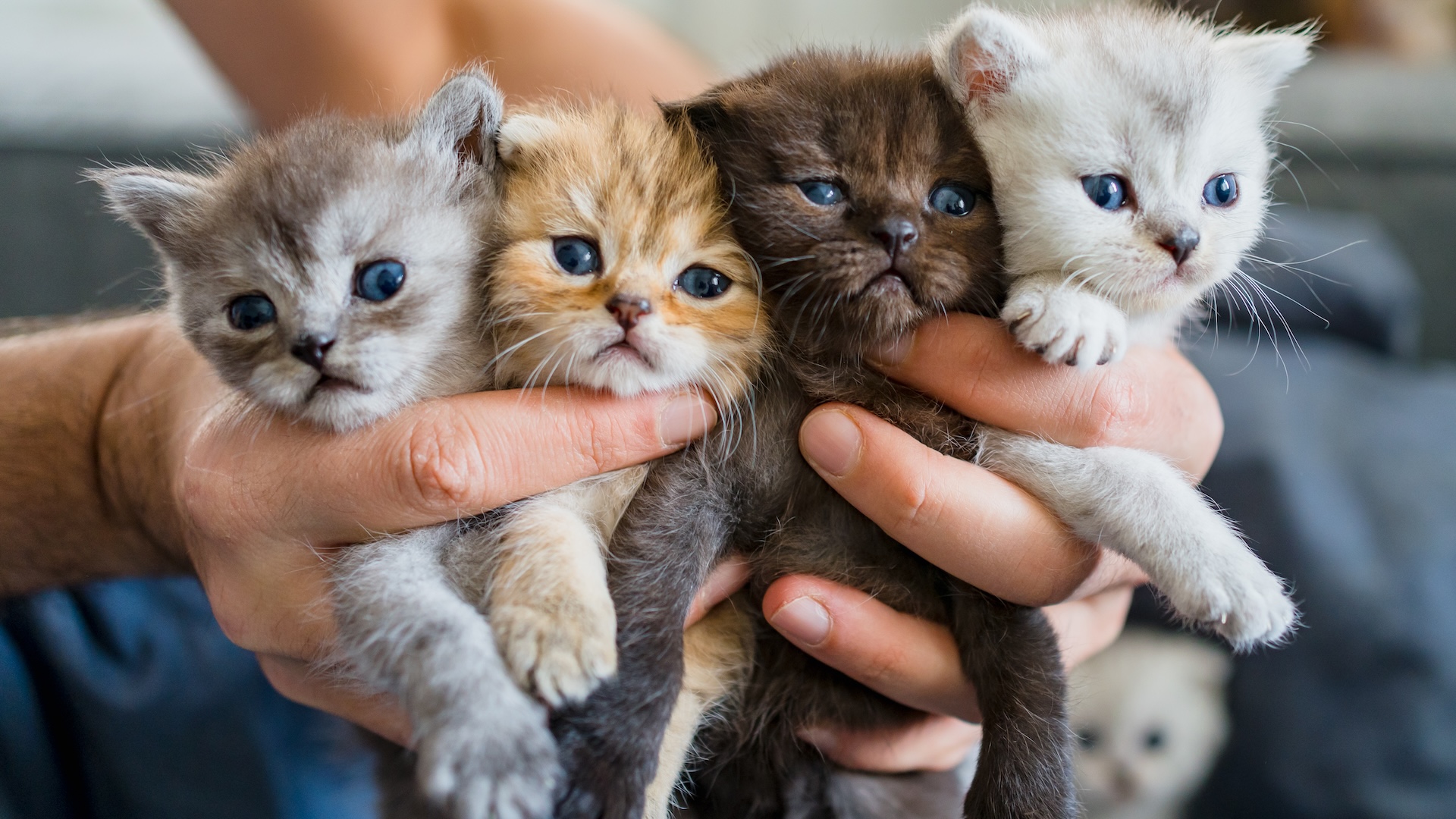
When we adopted our cat “Scallop” from the ASPCA as a kitten, she left behind a brother, “Clam,” who had been picked up from the same litter of strays. Scallop looked like an adorable blue-point Siamese, while Clam was an (also adorable) gray domestic short-hair with white socks.
I’ve always wondered why the two had little resemblance to each other.
Now, a story from our former (and much missed) content manager, Marilyn Perkins, explains why cat siblings look so different from each other.
You can read the full story here.

Tia Ghose
Man infected with H5N5 bird flu strain dies
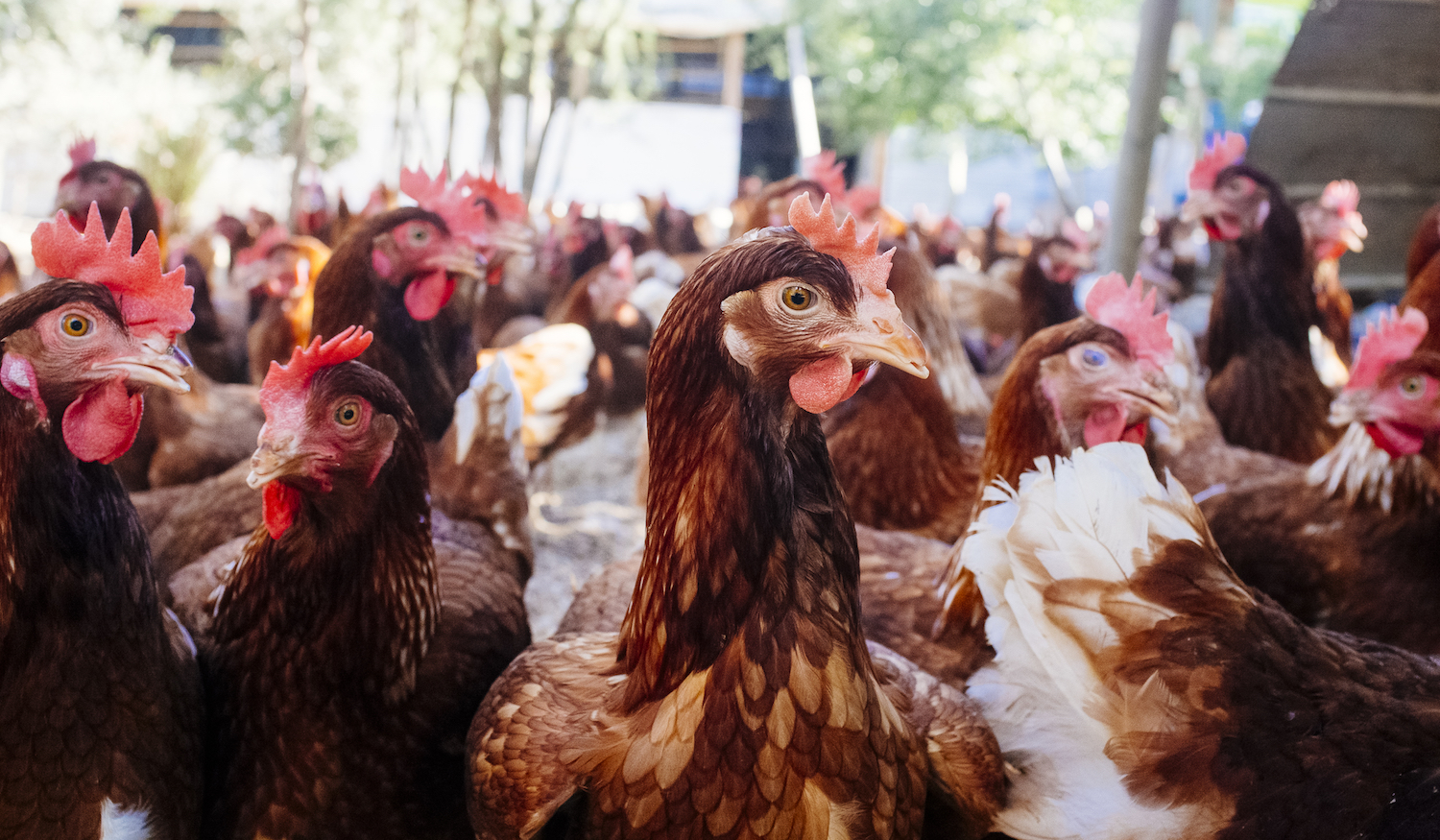
A Washington state resident who was the first person to be infected with the H5N5 strain of bird flu has died of complications from the virus, CNN reports.
The patient, an older adult with underlying health conditions, kept a backyard flock of mixed domestic birds, making this a likely source of his infection, state health officials said.
While this first infection of the H5N5 is notable, it’s not believed to be a greater threat to human health than the H5N1 virus, which has caused a wave of around 70 reported human infections — most of them poultry and dairy farm workers experiencing mild illness — in the US in 2024 and 2025.
Here are a couple of stories on how to best avoid bird flu infections, and what can be done to prevent the virus spilling over into human to human transmission.
‘Other’ comet ATLAS disintegrating

Good morning and welcome back, science fans. We’re returning with a fresh batch of science news and more images that show the “other” Comet ATLAS (C/2025 K1) breaking apart.
Scientists initially thought the comet, which is unrelated to the interstellar comet 3I/ATLAS, survived its recent close approach to the sun. But images from The Virtual Telescope project revealed its tragic demise.
The comet’s disintegration is likely the consequence of the sun’s powerful gravitational pull, which has caused it to splinter into three brighter fragments, photographer Michael Jäger told spaceweather.com.

Ben Turner
Source link
